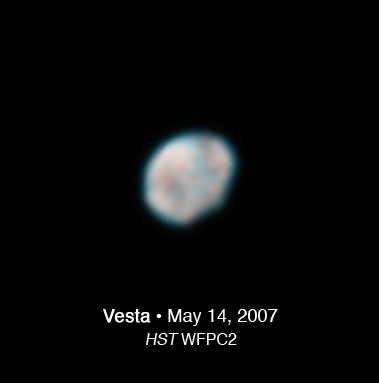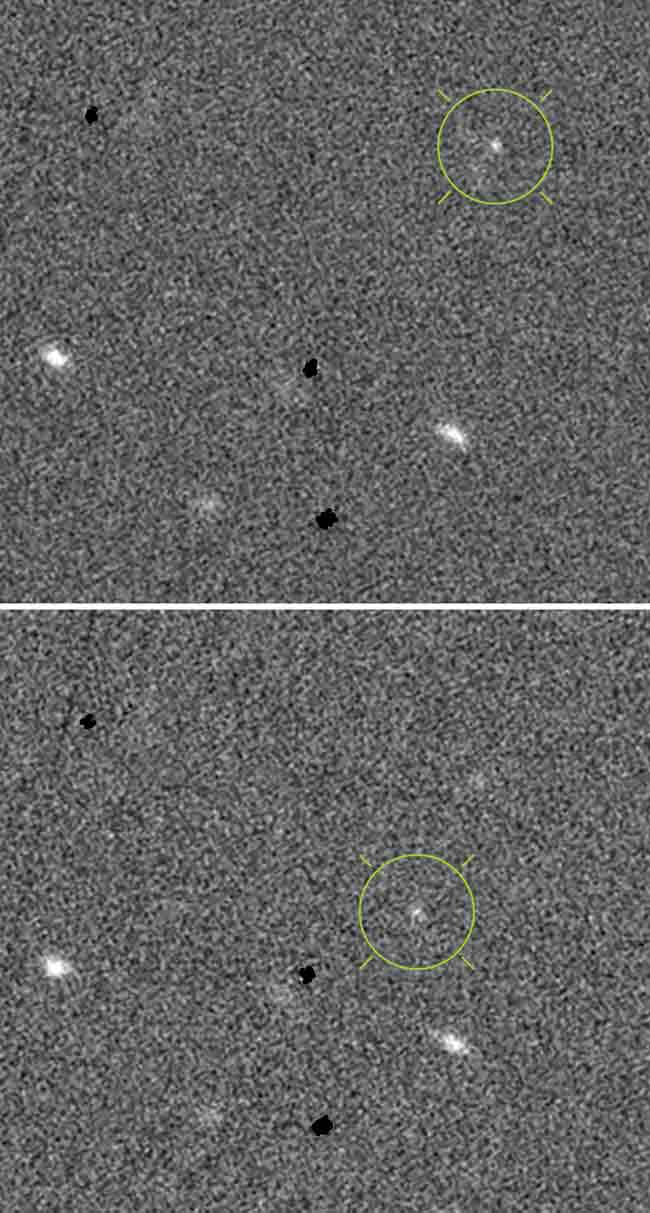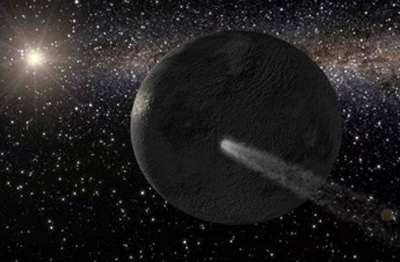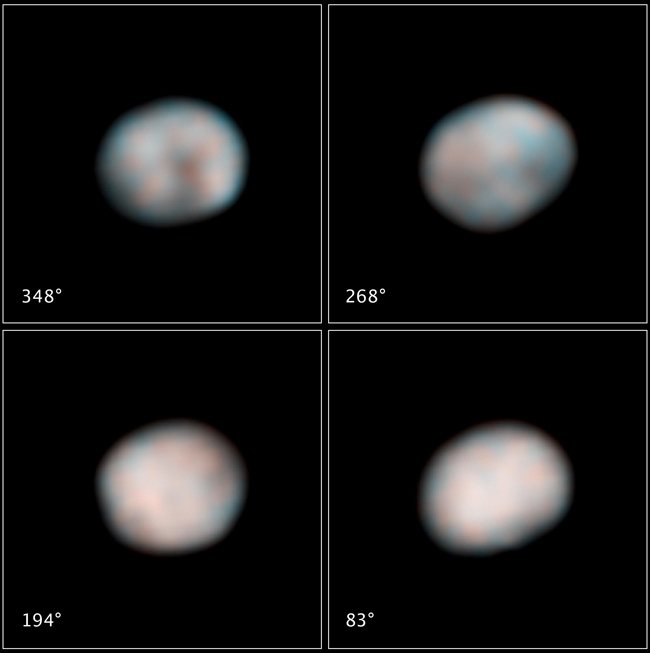Photos: Asteroids in Deep Space
Asteroid Vesta as Seen by Hubble
This Hubble Space Telescope image of Vesta shows another of the most massive asteroids in the asteroid belt, a region between Mars and Jupiter. The images are helping astronomers plan for the Dawn spacecraft's tour of these hefty asteroids.
Asteroid Eros, How I Do Love Thee
This image, taken by NASA's Near Earth Asteroid Rendezvous mission in 2000, shows a close-up view of Eros, an asteroid with an orbit that takes it somewhat close to Earth. NASA's Spitzer Space Telescope observed Eros and dozens of other near-Earth asteroids as part of an ongoing survey to study their sizes and compositions using infrared light.
14 Big Space Rocks Discovered Beyond Neptune
An artist's concept of a craggy piece of Solar System debris that belongs to a class of bodies called trans-Neptunian objects. Astronomers culling the data archives of NASA's Hubble Space Telescope have added 14 new TNOs to the catalog.
'Potentially Hazardous' Asteroid Will Miss Earth by 4 Million Miles
Two images of 2010 ST3 (circled in green) taken by PS1 on the night of Sept.16, 2010 show the 150-foot wide asteroid moving against the background field of stars and galaxies.
Water Ice Common on Asteroids, Discovery Suggests
An artist's illustration of water ice on the asteroid 65 Cybele, which was announced Oct. 8, 2010, suggesting that water ice may be more common in our solar system than thought.
2011 CQ1 asteroid close earth
The newly discovered object, officially designated 2011 CQ1, is shown in this image from Tzec Maun Observatory in New Mexico.
WISE telescope asteroid census
This collage shows the 20 new comets discovered by NASA's NEOWISE mission, an extension of the WISE space telescope mission
Breaking space news, the latest updates on rocket launches, skywatching events and more!
Asteroid Vesta's Crater
On its southern side the asteroid Vesta shows a huge crater. This picture shows the asteroid in an image taken by the Hubble Space Telescope (top, left), as a reconstruction based on theoretical calculations (top, right), and as a topological map (bottom).
Tiny Asteroid That Buzzed Earth Is a Fast-Spinning Rock
This photo taken on Nov. 16, 2010 shows the asteroid 2010 WA as it passes within 24,000 miles (38,000 kilometers) as seen by astronomers using a telescope at the Magdalena Ridge Observatory in New Mexico. It is about 10 feet (3 meters) wide.
As the Asteroid Turns: Hubble Records New Video of Asteroid Vesta
NASA's Hubble Space Telescope snapped these images of the asteroid Vesta in preparation for the Dawn spacecraft's visit in 2011. Each of the four Hubble images captures views of Vesta during its 5.34-hour rotation period.

Space.com is the premier source of space exploration, innovation and astronomy news, chronicling (and celebrating) humanity's ongoing expansion across the final frontier. Originally founded in 1999, Space.com is, and always has been, the passion of writers and editors who are space fans and also trained journalists. Our current news team consists of Editor-in-Chief Tariq Malik; Editor Hanneke Weitering, Senior Space Writer Mike Wall; Senior Writer Meghan Bartels; Senior Writer Chelsea Gohd, Senior Writer Tereza Pultarova and Staff Writer Alexander Cox, focusing on e-commerce. Senior Producer Steve Spaleta oversees our space videos, with Diana Whitcroft as our Social Media Editor.










